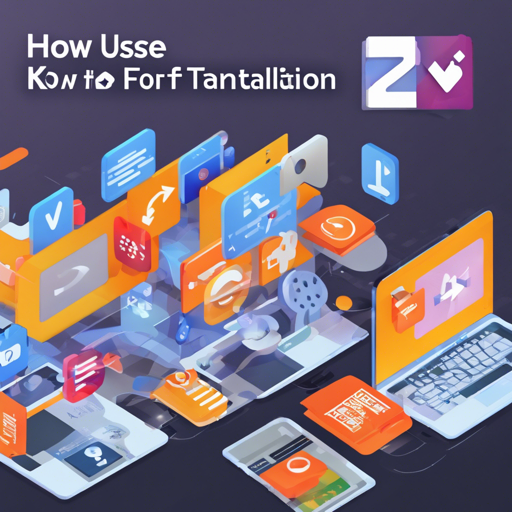Welcome to this user-friendly guide on Live2Diff, a fascinating tool that utilizes a video diffusion model with uni-directional attention to provide real-time translation in videos. In this article, we will navigate through the installation and setup process, as well as address some troubleshooting ideas to streamline your experience!
Understanding the Live2Diff Code
Visualize your home as a bustling ecosystem, where everything is interconnected. The Live2Diff code operates similarly. It orchestrates components—like an architect drawing plans for each room—ensuring that every detail is precisely placed, whether it’s creating the virtual environment, installing dependencies, or configuring projects. The interplay of uni-directional attention, depth prior, and multitimestep KV-cache are akin to the thoughtful design and careful execution of your home’s construction, ensuring everything fits together harmoniously.
Installation Steps
Follow these steps to install Live2Diff:
Step 0: Clone the Repository
Begin by cloning the Live2Diff repository:
bash
git clone https://github.com/open-mmlab/Live2Diff.git
# or via ssh
git clone git@github.com:open-mmlab/Live2Diff.git
cd Live2Diff
git submodule update --init --recursive
Step 1: Create the Environment
Next, create a virtual environment using conda:
bash
conda create -n live2diff python=3.10
conda activate live2diff
Step 2: Install PyTorch and xformers
Select the appropriate PyTorch version for your system:
bash
# CUDA 11.8
pip install torch torchvision xformers --index-url https://download.pytorch.org/whl/cu118
# CUDA 12.1
pip install torch torchvision xformers --index-url https://download.pytorch.org/whl/cu121
# Please refer to https://pytorch.org for more details.
Step 3: Install the Project
If you wish to use TensorRT acceleration, install it using the command below, based on your CUDA version:
bash
# for cuda 11.x
pip install .[tensorrt_cu11]
# for cuda 12.x
pip install .[tensorrt_cu12]
# Without TensorRT acceleration
pip install .
Step 4: Download Checkpoints and Demo Data
To ensure everything runs smoothly, download the necessary checkpoints and demo data. Follow these steps:
- Download StableDiffusion-v1-5:
bash
huggingface-cli download runwayml/stable-diffusion-v1-5 --local-dir ./models
Troubleshooting
If you run into issues, here are some troubleshooting tips:
- If you encounter a Cuda Out-of-memory error while using TensorRT, consider reducing your
t-index-listorstrength. This can help decrease the size of the kv-cache and free up more GPU memory. - Ensure you’re using the appropriate version of PyTorch based on your CUDA installation.
- For any other issues, feel free to open an issue on the GitHub repository for assistance.
For more insights, updates, or to collaborate on AI development projects, stay connected with fxis.ai.
Conclusion
With Live2Diff, you’re equipped to handle live translation in video content seamlessly. Properly following the installation steps ensures a smoother experience, and being aware of troubleshooting strategies will help you navigate any hiccups along the way.
At fxis.ai, we believe that such advancements are crucial for the future of AI, as they enable more comprehensive and effective solutions. Our team is continually exploring new methodologies to push the envelope in artificial intelligence, ensuring that our clients benefit from the latest technological innovations.
Now, go ahead and dive into the dynamic world of Live2Diff! Happy coding!

